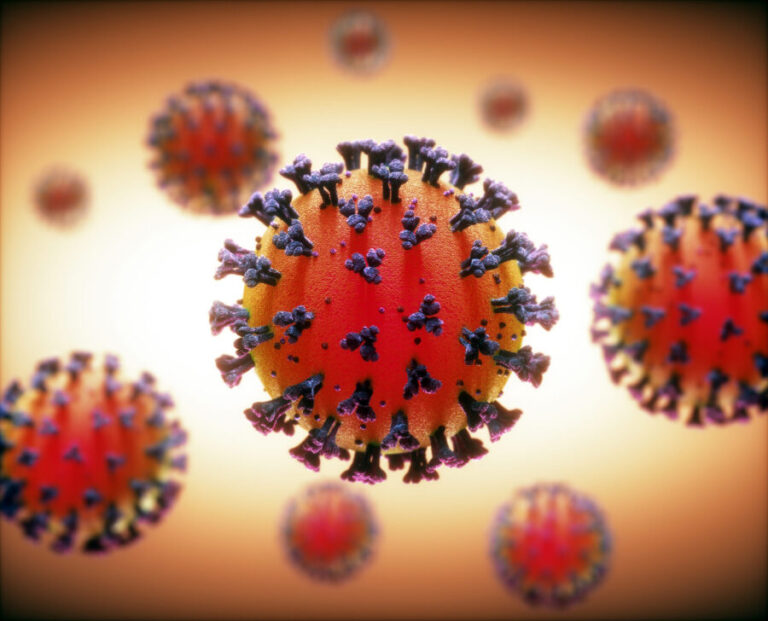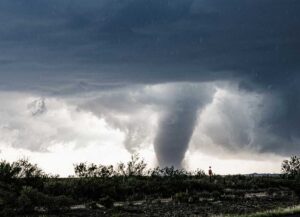SELF-QUARANTINE: ADMIRABLE, BUT IMPOSSIBLE FOR TRUCKERS
It would be difficult to find many Americans who are not somewhat familiar with the latest world crisis, the coronavirus (COVID-19) pandemic — and truck drivers don’t live under rocks. Sure, the average driver may not interact with as many people as a shoe salesman, but the idea that truckers perform their duties in isolation is a myth. Drivers don’t sit behind a steering wheel all day, and they can’t avoid interacting with people either professionally or casually.
The risks of exposure to or developing the symptoms of COVID-19 are as varied as the ages, health conditions, areas of travel, lifestyles, hobbies and occupations of people across the country. Truck drivers are no exception. In fact, while many people see truck driving as a career of relative isolation, the reality is far from this perception. Without providing a crash course to truck drivers, who already know the people they interact with during just one delivery, nondrivers may be surprised at how much truck drivers to interact face to face with other people. Likewise, nondrivers may be surprised at the unique challenges truck drivers face in protecting themselves from the millions of germs, viruses and bacteria we all live with, including COVID-19.
A general overview of a day in the life of Joe, a truck driver
Let’s briefly discuss the basic levels of human interaction and object-handling a driver must face on a single delivery route.
Joe is a driver with a carrier specializing in intermodal transportation, most often working out of the Port of Long Beach, California.
He arrives at his Los Angeles terminal after a weeklong break spent with his family. He first interacts with his fleet manager, who appears to have a cold, to gather paperwork and instructions for a hauling a load of goods, imported from the Far East, to a customer’s distribution center in San Antonio, Texas. Next, he chats with a dispatcher and route planner, who prints maps and directions and hands them to Joe. He doesn’t know if his dispatcher and route planner have been exposed to any disease-causing agents; he has a pretty good idea his fleet manager is ill, but Joe doesn’t know if it’s a cold, the flu or something more serious (or contagious). Joe might also use a telephone, pour a cup of coffee, drink from a water fountain or enter a public restroom.
While Joe was off the road for a week, another driver, Sandy, used his truck for some short-haul deliveries. Sandy briefs Joe on the condition of the truck, how it performed and where she drove it. The two then complete any paperwork the carrier requires when a truck is transferred between drivers. With the handover complete, Joe takes the keys and climbs into the cab. Within seconds, any germs Sandy (or any other prior driver) left behind on the seat, keys or steering wheel are transferred onto Joe’s hands or clothing.
Before Joe even pulls out of the terminal he has likely been exposed to countless varieties of germs, some disease-causing, and they’ll be riding shotgun with him for the duration of his trip.
When Joe arrives at the Port of Long Beach, he works with port authorities, freight managers, longshoremen and other dock workers responsible for offloading intermodal containers and securing them for truck transport. He completes necessary paperwork and returns it to the company representative his carrier serves as a contractor.
On the road from Long Beach to San Antonio, Joe makes stops for fuel and meals, showers at a truck stop and makes conversation with the public and truck drivers of various nationalities working for various carriers. Joe might also stop for repairs, where he meets face to face with service technicians.
Finally, upon arriving at the San Antonio distribution center, Joe chats with the facility’s employees and again might use the phone, coffee pot, drinking fountain and restroom. Someone at the distribution center checks Joe’s load, and they exchange paperwork. If at any time during the transport of imported goods from Long Beach to San Antonio Joe handles a box or an item in his trailer, he is likely to contact many other germs, some disease-causing and some Joe has never been exposed to before.
Joe’s risk of carrying a communicable disease increase dramatically as does his risk of developing symptoms. The disease or illness may be as simple as the common cold or as serious as COVID-19. It’s all microscopic, so Joe has no idea he has been exposed to anything but exhaust from his truck — and maybe some greasy food along his journey.
To read Part 2 of this series, “Germs 101: an introduction for truck drivers,” visit https://www.thetrucker.com/trucking-news/the-nation/coronavirus-a-truckers-guide-to-germs-and-illness-part-2.
Since retiring from a career as an outdoor recreation professional from the State of Arkansas, Kris Rutherford has worked as a freelance writer and, with his wife, owns and publishes a small Northeast Texas newspaper, The Roxton Progress. Kris has worked as a ghostwriter and editor and has authored seven books of his own. He became interested in the trucking industry as a child in the 1970s when his family traveled the interstates twice a year between their home in Maine and their native Texas. He has been a classic country music enthusiast since the age of nine when he developed a special interest in trucking songs.









Joe better read part 2 .
This is stupid. Joe is not a real trucker. We don’t see dispatchers or touch paper work from them. He is a slip seat driving bitch.
@Real Trucker, speaking as a slip seat driver I doubt you could maintain the miles, hours or amount of work I do… I’d say get yourself to the buffet and think about your comments but there all closed. Though I do have a concern since I can’t trust the efforts that the previous driver is putting into their hygiene efforts.
Alcohol wipes on wheel, door surroundings….would help…water and alcohol aero spray, ok… to use on clothes and may clear out harmful bacterias…